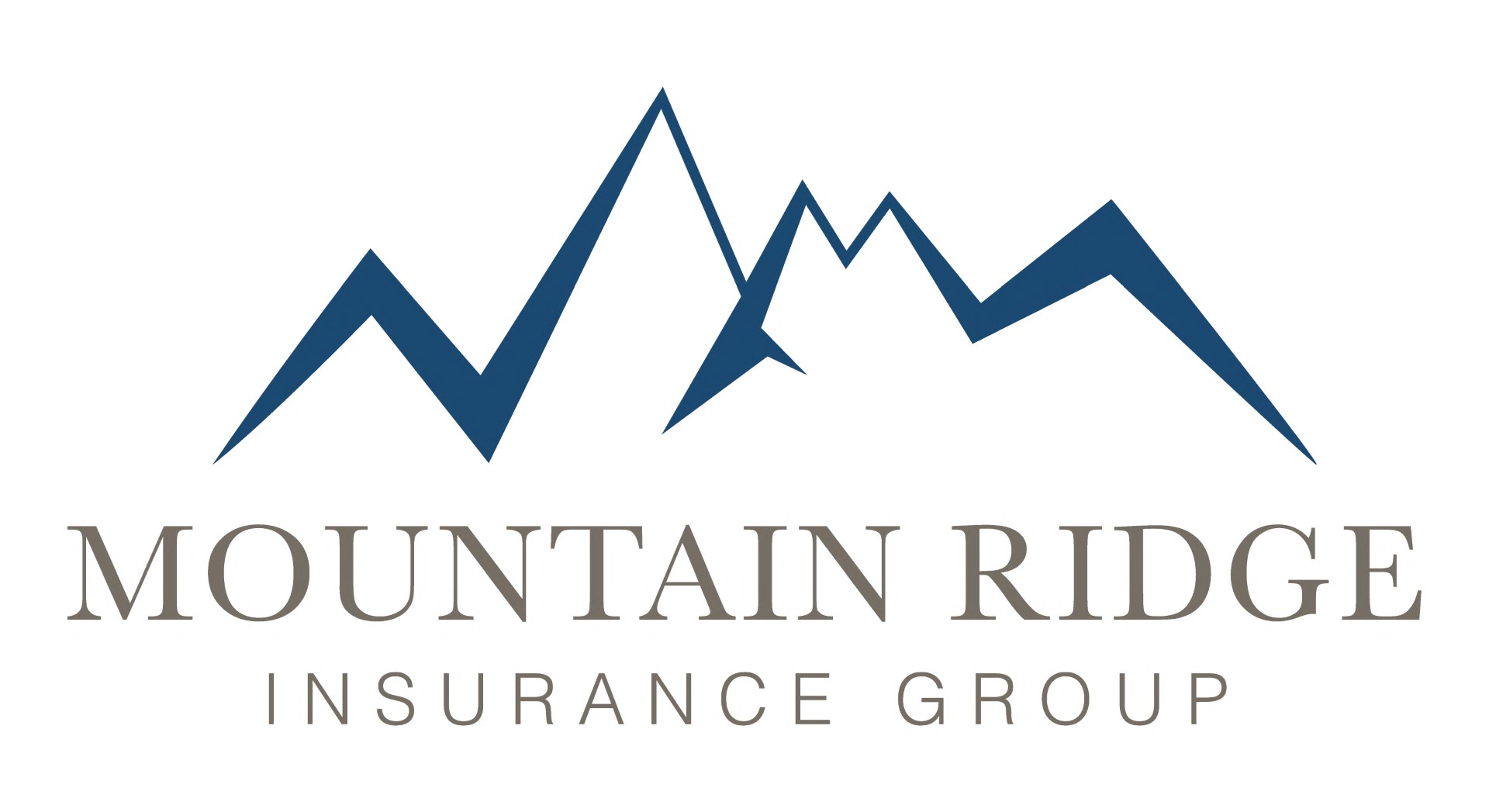The fortress of home insurance stands as a shield against unforeseen risks and potential devastation. However, a perplexing phenomenon persists, as a significant number of individuals choose to forgo this crucial protection. Delving into the underlying motivations and misconceptions, we aim to bridge the gap between perceived barriers and the imperative of safeguarding homes and assets.

Rising Costs: Exploring the Financial Reasons Behind Homeowners’ Decision to not get Home Insurance
Exploring the financial strain caused by rising costs, homeowners are increasingly making the decision to not get home insurance. Affordability concerns play a significant role in this decision, as homeowners analyze the financial burden of home insurance premiums. With the steady increase in premiums, many homeowners find it difficult to allocate a significant portion of their budget towards insurance coverage.
Another factor contributing to the decision to forgo home insurance is the perceived lack of support and assistance from insurance providers. Homeowners often feel that insurance companies do not fulfill their obligations when it comes to providing adequate coverage and assistance in the event of a claim. This perception further deters homeowners from investing in home insurance.

Homeowners may choose to prioritize other expenses over home insurance. They may allocate their funds towards other priorities such as education, healthcare, or retirement savings. This decision is made based on the belief that these other expenses hold higher importance and provide more immediate benefits than home insurance.
The limited availability of suitable and affordable home insurance policies also plays a role in homeowners’ decision to forgo coverage. Many homeowners struggle to find policies that meet their specific needs and budget constraints. This limited selection discourages them from investing in home insurance.
The decision to rent instead of owning a home affects the need for insurance. Renters typically do not require home insurance as their landlord’s policy usually covers the structure and liability. This factor further reduces the demand for home insurance among individuals who choose not to own a home.
Misunderstanding Coverage: Examining the Lack of Awareness or Knowledge About the Benefits and Protections Offered by Home Insurance
Despite the abundance of information available, many individuals still lack awareness or knowledge about the benefits and protections offered by home insurance. This lack of education leads to coverage misconceptions and underestimating the benefits of having home insurance. Ignoring potential risks and having misguided priorities also contribute to the misunderstanding of coverage.
One common misconception is that home insurance only covers the structure of the house. In reality, home insurance provides coverage for both the structure and the contents of the home. This means that not only will repairs or rebuilding costs be covered in the event of damage, but also the replacement or repair of personal belongings. Additionally, home insurance offers liability protection, which can cover legal expenses if someone is injured on your property and decides to sue.
Another reason for the lack of awareness is the failure to understand the potential risks associated with homeownership. Natural disasters, such as floods, earthquakes, or hurricanes, can cause significant damage to a home. Without insurance, homeowners would be solely responsible for the costs of repairs or rebuilding. Additionally, home insurance can provide financial protection in the event of theft, vandalism, or other unforeseen circumstances.
Unfortunately, some individuals prioritize other expenses over home insurance, mistakenly believing that they can handle any potential damages or losses on their own. However, the reality is that the costs associated with repairing or rebuilding a home can be overwhelming and financially devastating. Having home insurance provides peace of mind and ensures that homeowners are protected against unexpected events.
Risk Perception: Investigating How Homeowners Perceive the Likelihood and Severity of Potential Risks, Leading Them to Overlook the Need for Insurance
While homeowners may be aware of potential risks, their perception of the likelihood and severity of these risks often leads them to overlook the need for insurance coverage for their homes. Risk perception is influenced by various factors, including cultural influences, psychological biases, regional factors, personal experiences, and social influences.
Cultural influences play a significant role in shaping homeowners’ risk perception. Different cultures may prioritize certain risks over others, leading individuals to underestimate or prioritize certain risks. For example, in areas prone to natural disasters, such as earthquakes or hurricanes, homeowners may be more likely to perceive the severity of these risks and therefore prioritize insurance coverage.

Psychological biases also affect risk perception. People tend to be more optimistic about the likelihood of negative events happening to them, leading them to underestimate the need for insurance. This optimism bias can prevent homeowners from adequately assessing the potential risks and taking proactive measures to protect their homes.
Regional factors such as location and climate can impact risk perception as well. Homeowners in areas with a history of frequent natural disasters may have a heightened awareness of the potential risks, leading them to prioritize insurance coverage. On the other hand, homeowners in regions with a lower occurrence of such events may perceive the risks as less likely and therefore overlook the need for insurance.
Personal experiences also shape risk perception. If homeowners have never experienced a significant loss or damage to their homes, they may underestimate the likelihood and severity of potential risks. Conversely, those who have experienced a loss or damage may have a higher risk perception and prioritize insurance coverage.
Social influences can impact homeowners’ risk perception. People tend to rely on the opinions and behaviors of others in their social circle. If homeowners perceive that insurance coverage is not a common practice among their peers or community, they may overlook the need for it themselves.
Trust Issues: Delving Into the Factors That Erode Trust in Insurance Companies and Discourage Homeowners From Obtaining Coverage
What factors contribute to the erosion of trust in insurance companies and discourage homeowners from obtaining coverage? There are several key factors that contribute to this issue. Firstly, consumer skepticism plays a significant role in homeowners’ reluctance to obtain home insurance. Homeowners may have doubts about the reliability and integrity of insurance companies, leading them to question the value of purchasing coverage.
Homeowners may feel overwhelmed by complex policy terms and conditions, which can make it difficult for them to understand what is covered and what is not. This lack of transparency can create uncertainty and discourage homeowners from investing in insurance.
Negative experiences with insurance claims also play a role in eroding trust. If homeowners have had past negative experiences, such as delayed or denied claims, it can leave a lasting impact on their perception of insurance companies. This can lead to a reluctance to obtain home insurance due to concerns about potential difficulties in the claims process.
Homeowners’ perception of coverage exclusions can deter them from obtaining home insurance. If homeowners believe that certain risks or events are excluded from coverage, they may question the value of purchasing insurance that does not fully protect them.
Homeowners may rely on alternative methods of risk management, such as emergency funds or self-insurance. They may believe that these methods provide sufficient protection and therefore do not see the need for home insurance.
At Mountain Ridge Insurance, we’re committed to making sure you know exactly what you’re getting in each and every policy. Contact us today to get started!


Leave a Reply